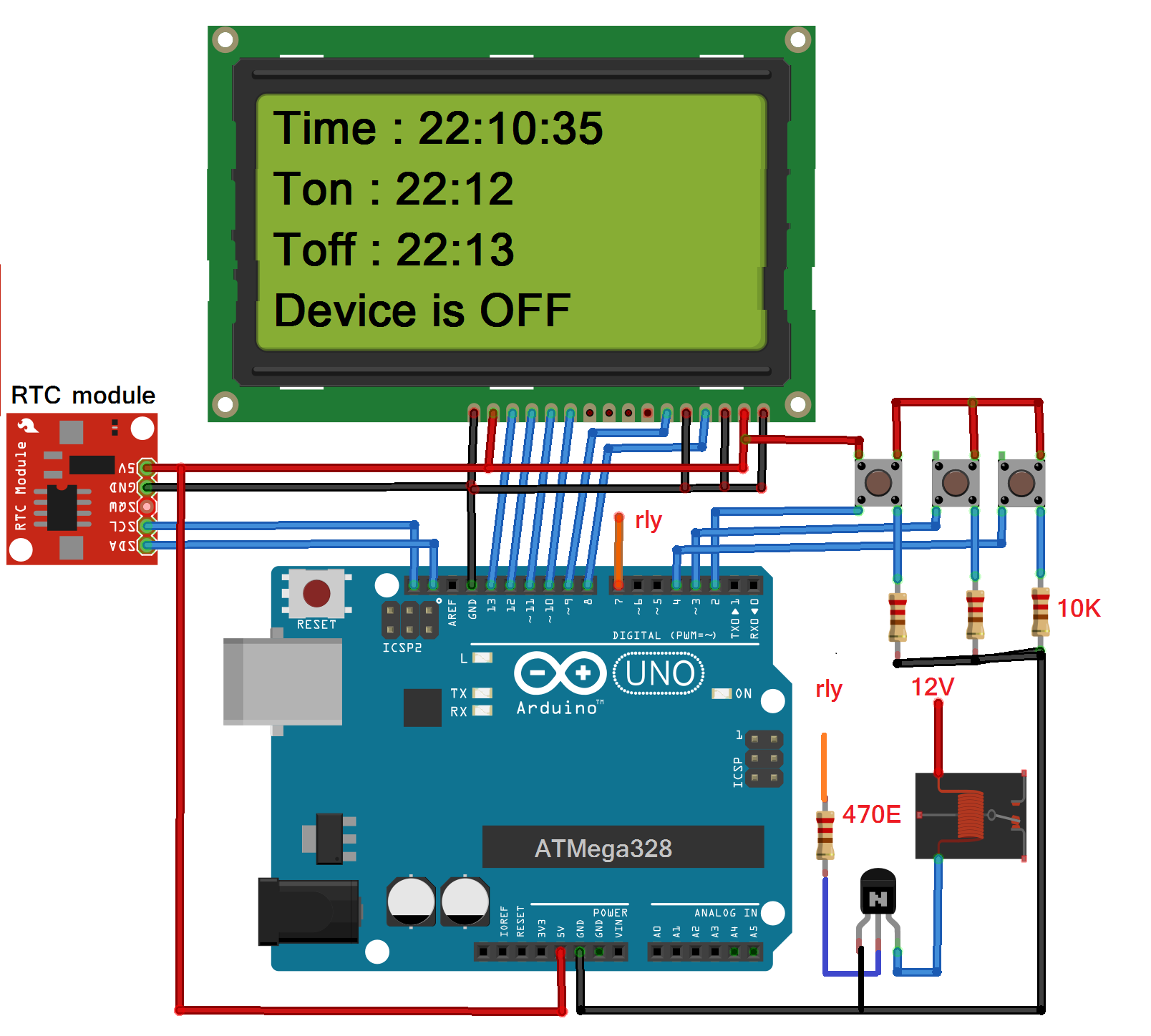

NOTE: Changing this timer 0 affects millis() and delay! For Arduino Uno, Nano, YourDuino RoboRED, Mini Driver, Lilly Pad and any other board using ATmega 8, 168 or 328

In the void setup() part of your Arduino code, set or clear the CS02, CS01, and CS00 bits in the relevant TCCRnB register. If you use the default values set by the Arduino Diecimila’s bootloader, these are your PWM frequencies: pins 6 and 5 must be at the same frequency). But you can’t set different frequencies for pins that are controlled by the same prescaler (e.g. Arduino pins 11 and 3 are controlled by TCCR2B, so they may be set at a third frequency. Arduino pins 9 and 10 are controlled by TCCR1B, so they can be set at a different frequency from pins 6 and 5. For instance, Arduino pins 6 and 5 are both controlled by TCCR0B, so you can set Arduino pins 6 and 5 to output a PWM signal at one frequency. Since there are three different prescalers, the six PWM pins are broken up into three pairs, each pair having its own prescaler. There are three such Timer/Counter registers: TCCR0B, TCCR1B, and TCCR2B. The prescaler is a 3-bit value stored in the three least significant bits of the Timer/Counter register: CS02, CS01, and CS00. Assuming you are using an UNO, this counter’s clock is equal to the system clock divided by a prescaler value. It follows logically that the frequency of the PWM signal is determined by the speed of the counter. In the example above, a square wave is generated because the pin is HIGH from counts 0 to 127, and LOW from counts 128 to 255, so it is HIGH for the same amount of time it is LOW. When the counter is less than the PWM value, the pin outputs a HIGH when the counter is greater than the PWM value, the pin outputs a LOW.

The 8-bit PWM value that you set when you call the analogWrite function: analogWrite(myPWMpin, 128) Outputs a square wave is compared against the value in an 8-bit counter. On the Arduino UNO and YourDuino RoboRED etc., pins 3,5,6, 9, 10, 11 can be configured for PWM output. There is a very good tutorial HERE: Credits for the below: PWM has also been used in certain communication systems where its duty cycle has been used to convey information over a communications channel. PWM also works well with digital controls, which, because of their on/off nature, can easily set the needed duty cycle. Power loss, being the product of voltage and current, is thus in both cases close to zero. When a switch is off there is practically no current, and when it is on and power is being transferred to the load, there is almost no voltage drop across the switch. The main advantage of PWM is that power loss in the switching devices is very low.

For example, switching has to be done several times a minute in an electric stove 120 Hz in a lamp dimmer between a few kilohertz (kHz) and tens of kHz for a motor drive and well into the tens or hundreds of kHz in audio amplifiers and computer power supplies. The rate (or frequency) at which the power supply must switch can vary greatly depending on load and application. The PWM switching frequency has to be high enough not to affect the load, which is to say that the resultant waveform perceived by the load must be as smooth as possible. PWM is particularly suited for running inertial loads such as motors, which are not as easily affected by this discrete switching, because their inertia causes them to react slowly. Along with maximum power point tracking (MPPT), it is one of the primary methods of reducing the output of solar panels to that which can be utilized by a battery. The longer the switch is on compared to the off periods, the higher the total power supplied to the load. The average value of voltage (and current) fed to the load is controlled by turning the switch between supply and load on and off at a fast rate. Pulse width modulation ( PWM), or pulse-duration modulation ( PDM), is a method of reducing the average power delivered by an electrical signal, by effectively chopping it up into discrete parts.


 0 kommentar(er)
0 kommentar(er)
